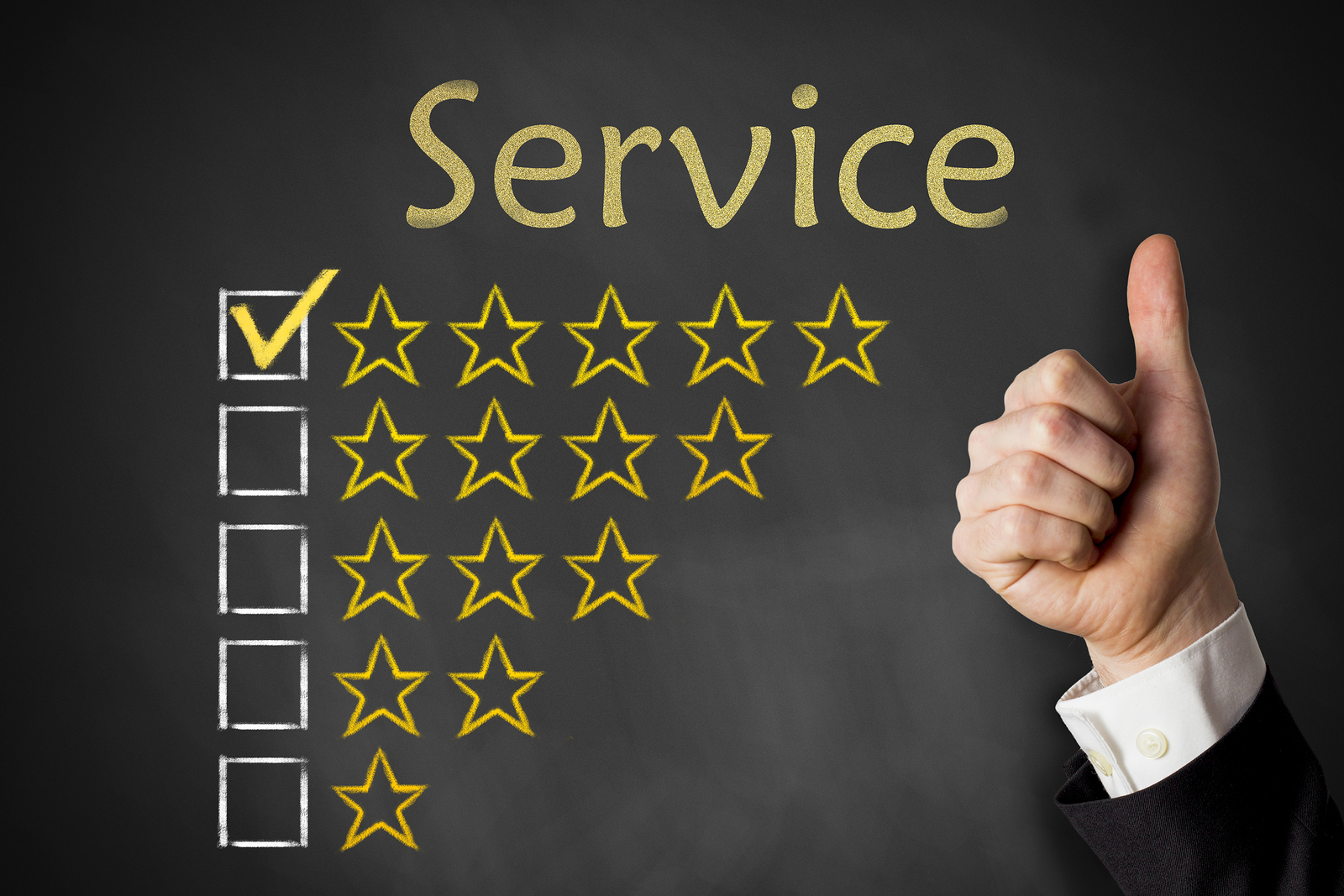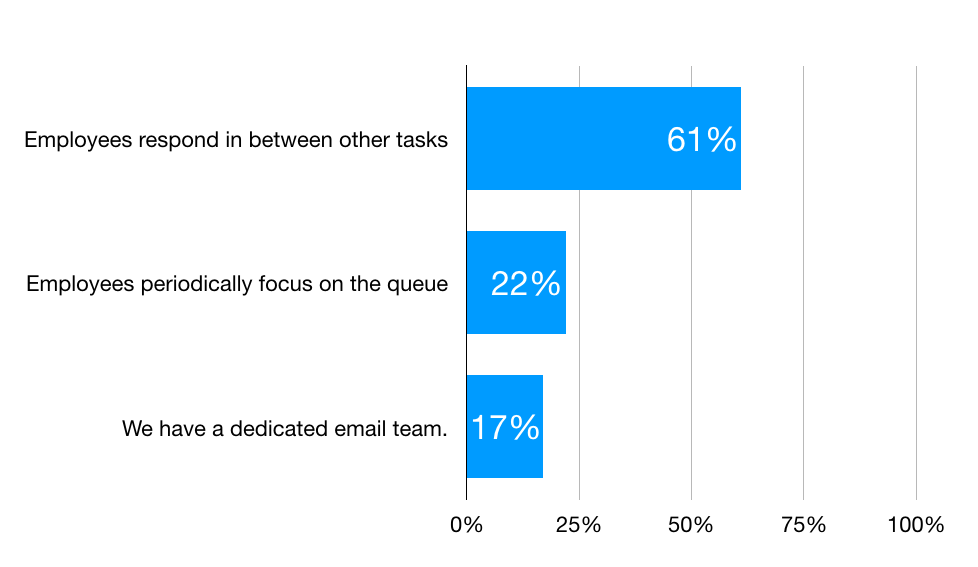Note: This post originally appeared on LInkedIn.
I've talked to a lot of customer service leaders recently who want to improve customer service, but aren't sure where to start.
One of their biggest challenges is they struggle to articulate exactly what "improve" means. Here are some actual statements I've heard:
"We want to deliver world class customer service."
"We need to get back to the basics."
"Things need to get better around here."
The challenge with all of those statements is they aren't clearly defined. You'll struggle to take action if you can't be specific about what you want to do.
It's helpful to imagine you wanted to go on a road trip. You'd need two data points to plug into your GPS:
Your destination
Your current location
This calculation is exactly the same for improving customer service. You need to know what success looks like (your destination) and you must understand where you are now (your current location).
Here's how to find both.
Define Success
This can be done in general terms through a customer service vision, which is a shared definition of outstanding service that points everyone in the same direction.
You'll need to get more specific if you want to improve. Start by thinking about what's concerning you most about your team's current customer service.
Is customer satisfaction too low?
Is service quality inconsistent?
Are you getting too many complaints?
Does it take too long to resolve issues?
Do customers have to frequently contact your team multiple times?
Whatever the issue, try to focus on something specific and clearly define what success would look like. That includes putting a specific measurement to it.
For example, perhaps you'd like your team's average customer satisfaction rating to be 85 percent on your customer service survey by the end of March. That's a specific, non-ambiguous destination.
You can't skip this step. If you aren't measuring customer service right now, there's no way to improve it. Just like your GPS will be confused if you ask it for directions but don't provide a destination.
Find something important to your organization and start measuring it to establish a baseline.
Identify Your Current Location
Now you need to measure where you are now.
Let's say you want to achieve an 85 percent average on your customer service survey. You can find your current location by simply looking at your current average survey score.
This step should be relatively simple if you've clearly established your destination. Did you skip that step? Then go back and try again! You need a destination to plan your route.
Determine the Gap
The last step is to determine the gap between your destination and your current location.
Let's say your goal is to increase first contact resolution to 95 percent. Your current first contact resolution rate is 82 percent. That makes your gap 13 percentage points.
It may be helpful to express your gap in a SMART goal statement. A SMART goal fits five criteria:
Specific
Measurable
Attainable
Relevant (to your customer service vision)
Time-Bound
Example: "Improve the average monthly first contact resolution rate from 82 percent to 95 percent by July 31, 2018."
You can use this SMART goal primer to help you. This short video can also provide more instructions on finding your customer service gap.
Looking for the next step?
Watch the full Quick Fixes for Poor Customer Service course on LinkedIn Learning or download this Quick Fixes worksheet to find solutions for closing the gap and reaching your destination.




















